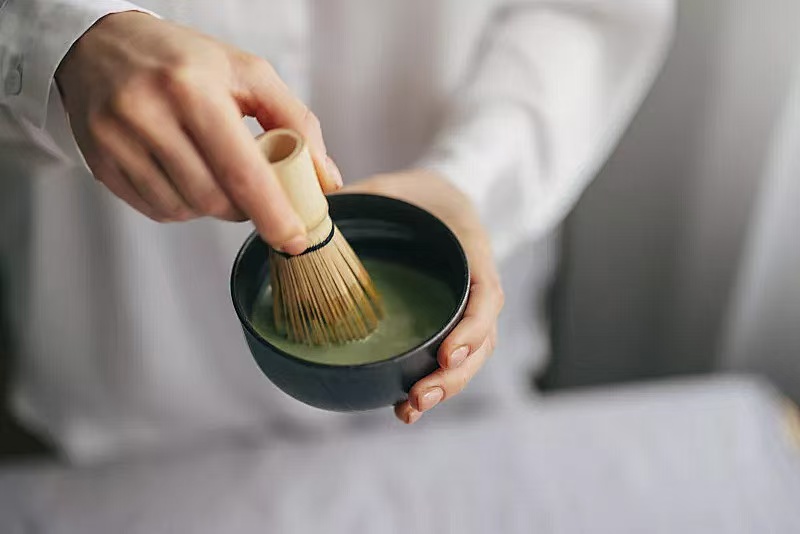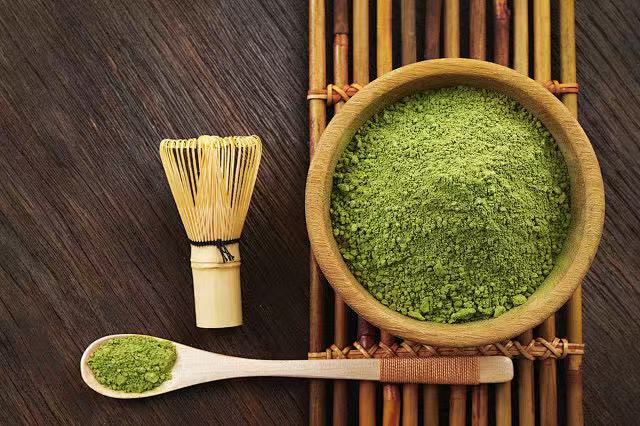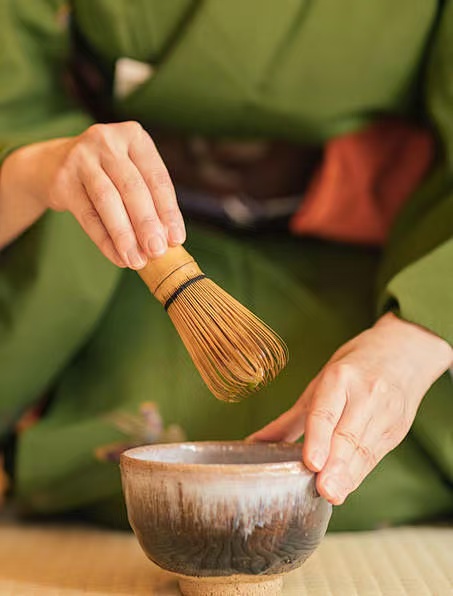Recently, there has been a craze for recreating the tea-making techniques of the Song Dynasty. This trend is largely due to the vivid reproduction of the elegant life of the Song Dynasty in film and television dramas. Imagine the exquisite tea sets, complicated processes, and especially the snow-white tea foam, which are indeed fascinating. In the entire process of making tea, there is a seemingly inconspicuous but crucial tool – the tea whisk. It is like the “magic wand” of the tea master, which directly determines whether the delicate and dense tea foam that can be used to paint can be successfully created. Without it, the essence of making tea is out of the question.
The tea whisk is not the egg beater we commonly use in modern times. It is made of a finely split old bamboo root, with many tough and elastic bamboo strands tightly arranged into a cylindrical shape. Its structure is very particular, with the top tightly tied and fixed with silk thread or cloth strips, and the bottom spread out into a beautiful trumpet shape. A good tea whisk has fine and uniform bamboo strands, which are elastic and can be felt in the hand. Don’t underestimate this design, because it is these dense bamboo strands that can whisk the air violently and evenly when beating the tea soup quickly, forming the iconic foam. When choosing a tea whisk, the density and elasticity of the bamboo strands are the key. Bamboo strands that are too sparse or soft are not competent for the task of making tea.
Before making tea, you need to prepare well. First, put an appropriate amount of extremely finely ground tea powder into a preheated tea cup. Then, use a teapot to inject a small amount of hot water (about 75-85℃) at just the right temperature, just enough to soak the tea powder. At this time, use a tea whisk to gently draw circles around the tea cup, in order to initially mix the tea powder and water into a uniform and thick paste. This step is called “mixing the paste”. Remember not to use too much water, and the paste should be evenly mixed without any granularity.
After the paste is prepared, it is time for the real core part of the matcha whisk to show its skills – beating. Continue to inject hot water from the teapot, with the amount of water being about 1/4 to 1/3 of the teacup. At this time, hold the handle of the tea whisk tightly, exert force on your wrist, and start to beat the tea soup violently along the inner wall of the teacup by whipping it back and forth quickly (similar to quickly writing the character “一” or “十”). The action should be fast, large, and strong, so that the bamboo wire of the tea whisk can fully stir the tea soup and introduce air. You will hear a crisp and powerful “刷刷刷” sound, and large bubbles will begin to appear on the surface of the tea soup. As you continue to beat, the bubbles will gradually become smaller. At this time, you need to continue to inject hot water in small amounts in multiple times, and repeat the violent beating action just now after adding water each time. Every time you add water and beat, it is to beat the air into the tea soup more delicately, making the foam layer thicker, whiter, more delicate and firmer. The whole process lasts for about several minutes, until the foam accumulates like “snow”, delicate and white, and hangs thickly on the wall of the cup and does not dissipate easily, then it is considered successful.
After making tea, it is equally important to maintain the tea whisk. It is made of bamboo and is most afraid of being damp for a long time. After use, rinse it thoroughly with running water immediately, especially the tea stains in the gaps between the bamboo filaments. When rinsing, follow the direction of the bamboo filaments and move gently to avoid bending and damaging the filaments. After rinsing, use a clean soft cloth to absorb the moisture, then turn it upside down (handle facing down, bamboo filaments facing up) and place it in a cool and ventilated place to dry naturally. Avoid exposure to the sun or baking, which will cause the bamboo to crack and deform. After it is thoroughly dried, it can be stored in a dry and clean container. With careful maintenance, a good tea whisk can accompany you to enjoy the fun of making tea for a long time.
Post time: Jul-21-2025








